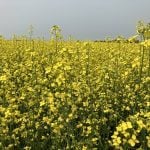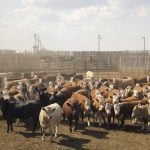
Tag Archives Cattle feeding
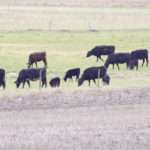
Livestock producers warned against premature turnout
Producers are frustrated with feed supplies, but experts say supplementing grazing will be key until pastures really start to sprout
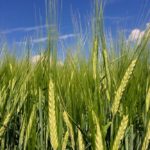
Feed weekly outlook: Barley bids soften as attention turns to new crop
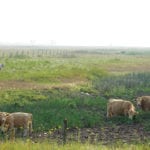
Drought dangers raise the red flag on toxicity for cattle
Experts are warning livestock producers to look out for toxicity as cattle scramble for feed in the pasture, drought raises nitrate risk and water supplies dwindle
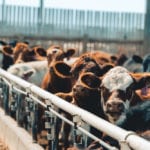
Forced liquidation a cause of volatility in beef cattle prices
There are record meat supplies in the U.S., but demand has been boosted by the strong economy
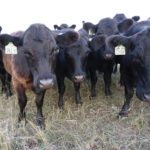
National cattle checkoff on its way up this spring
The national levy used to fund marketing and research is going up by $1.50 — the first increase since 2002
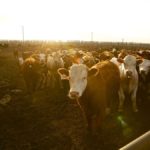
Feed weekly outlook: Demand shifting at Alberta feedlots
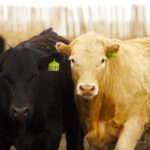
Fed cattle markets are expected to show strength
Manitoba’s major auction markets closed for the week

Bumper year for the beef industry, despite dry season
The beef industry is floating on high prices, high cattle volumes and cautious regulatory optimism going into 2018
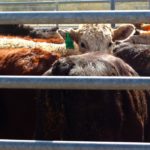
Cattle prices stay on strong side
There was just a slight price drop for some feeder steers and heifers this past week
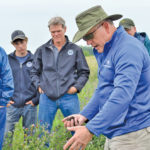
Graze better, not bigger
There’s more to grazing than leaving cattle in a single pasture all summer, attendees of the Aug. 14-15 workshop with Dr. Allen Williams heard

